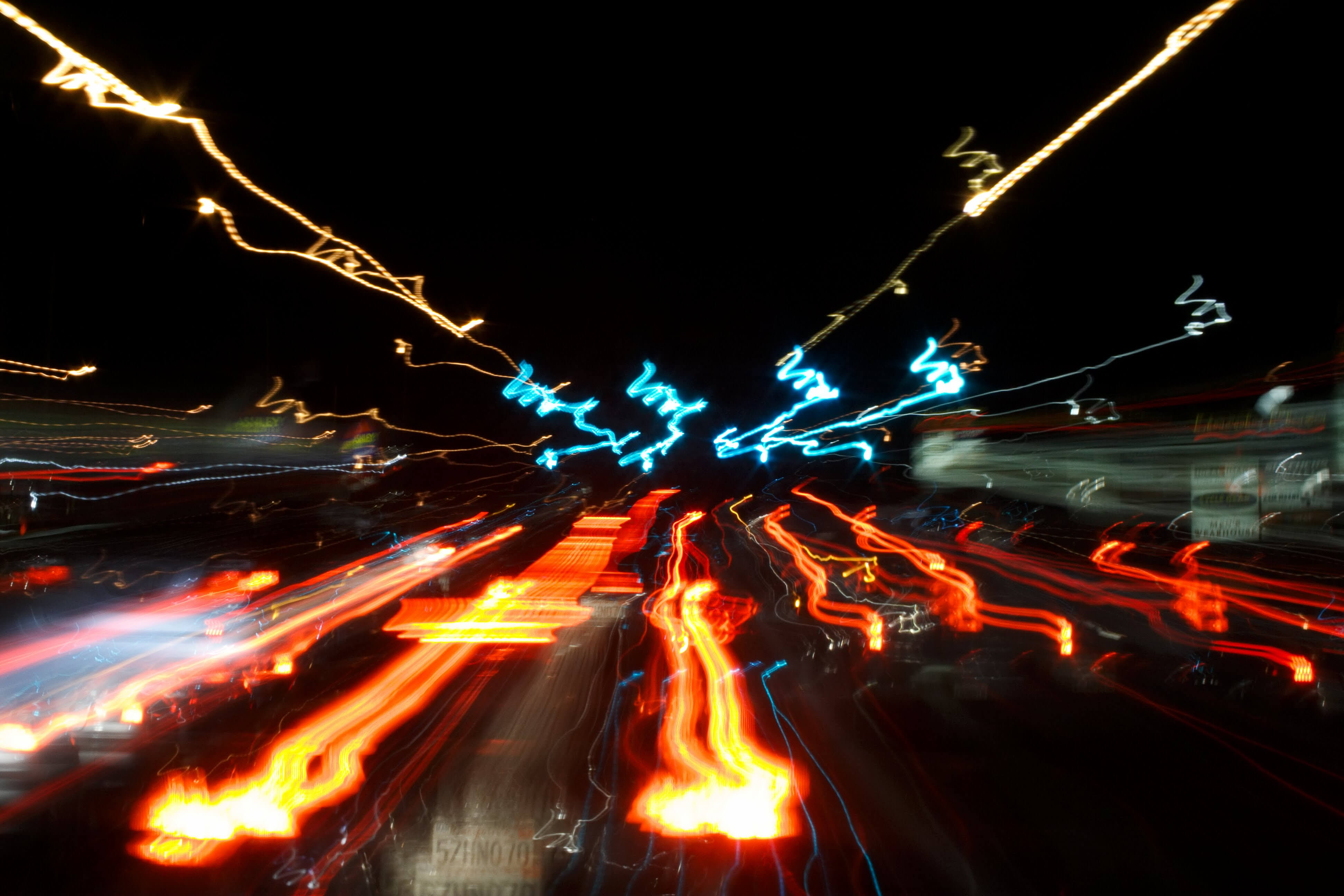
Many people believe their bodies can adapt to chronic sleep loss. Some even think working long shifts on little sleep is a sign of toughness.
But recent research by the National Institute of Health (NIH) proves the opposite is true. Missing just two to three hours of sleep creates the same impairment as being legally drunk. The study also mentions the most terrifying phrase we’ve heard in a while, “involuntary microsleeps.”
To make matters worse, the NIH study found fatigue symptoms often go unrecognized by the affected individual. Just like drunk drivers tell themselves, “I’m totally fine to drive,” sleep-deprived drivers don’t realize they’re incapable of driving safely.
According to the NIH, 20 percent of serious car crashes are caused by driver fatigue alone. These drivers weren’t drunk or under the influence; they were simply exhausted.
Your fleet no doubt has a zero-tolerance policy on driving under the influence, but what about sleep deprivation?
Download Our FREE Checklist: 7 Fundamentals of Effective Defensive Driving
5 Scary Stats about Driver Fatigue
A zero-tolerance policy on drunk driving protects your drivers, your company’s reputation and others on the road. But without a plan to help drivers manage fatigue, responsible fleets are vulnerable to deadly incidents caused by drowsy driving.
Here are five scary stats about driver fatigue every fleet manager should consider:
- Drowsy driving causes one million crashes, 500,000 injuries and 8,000 deaths each year in the U.S.
- When a driver misses just one to two hours of sleep, they’re twice as likely to have an incident
- Severely sleep-deprived drivers, who’ve had fewer than four hours of sleep, are 11.5 times more likely to crash
- Losing an entire night’s sleep has the same effect as a blood-alcohol level of 0.10 percent which is beyond the legal limit to drive
- Missing two hours of sleep every night for more than a week creates the same cognitive impairment as staying up all night
Educating drivers about DOT hours of service rules (HOS) is important, but so is explaining the dangers of drowsy driving. Teaching one without the other is a bit like telling someone, “germs are bad,” without showing them how to properly wash their hands.
As the stats above illustrate, drowsy driving is extremely dangerous (involuntary microsleeps…. *shudder*). That’s why safe fleets train drivers to recognize the early symptoms of fatigue and have a policy against drowsy driving.
This time of year, there are five to eight more hours of darkness compared to summer, so it’s especially important that drivers know how to recognize and manage fatigue. Fewer daytime hours and long shifts put drivers at risk (especially inexperienced ones).
How Online Training Can Help Prevent Drowsy Driving
SambaSafety’s convenient online courses train drivers how to identify fatigue, why drowsy driving is dangerous, what steps to take if they feel sleepy and how to set the stage for a good night’s sleep. Our 10-minute online course on fatigue management educates drivers about:
- Signs of fatigue
- Fatigue prevention
- What to do if you feel drowsy
- Cumulative fatigue
- Sleep apnea
SambaSafety also offers online courses to help drivers improve their night driving skills, overall wellness and understand the new HOS rules. All lessons can be completed via laptop, tablet or phone anywhere the driver has internet access. What better place to train drivers about fatigue management than out on the road?
To get started, download this checklist to discover seven simple strategies your drivers can implement today.




